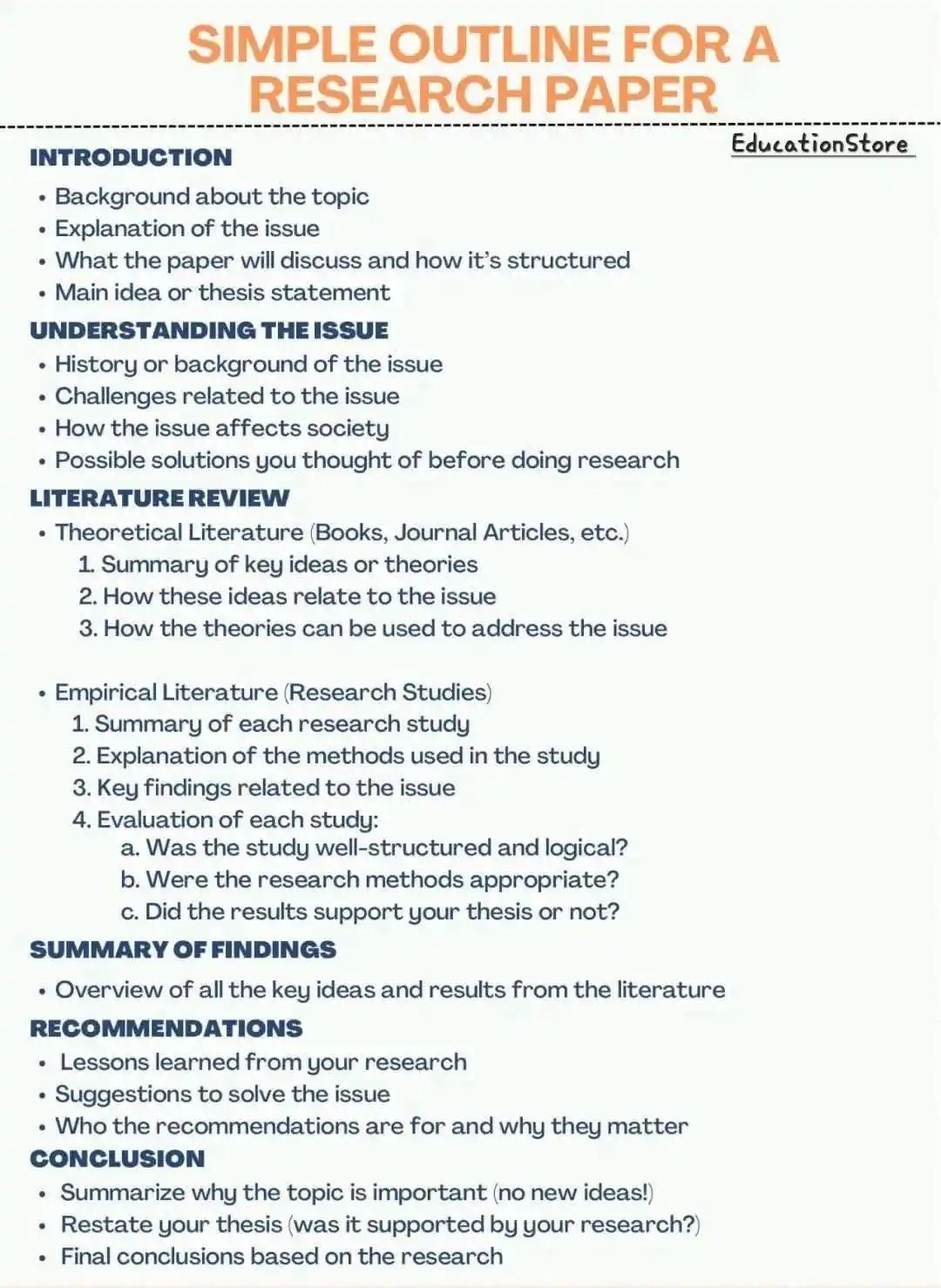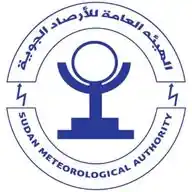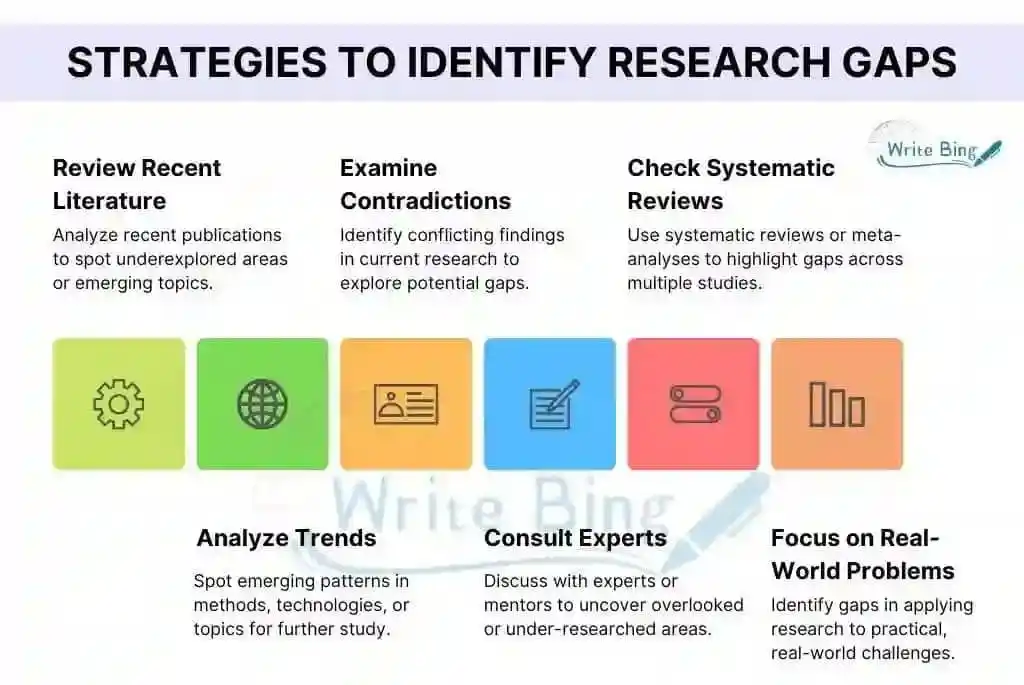
Ellis Ferdinand
748 subscribers
About Ellis Ferdinand
Education Blogger| Digital Marketer| Teacher| AI Expert in Academia| Curriculum Specialist| Researcher | Brand Influencer| Ghana| Nigeria| South Africa| Kenya| Ellis Ferdinand is an African Education Blogger, Tech and AI Expert in Academia, a Digital Marketer, Researcher, Brand Influencer, an Entrepreneur and a Teacher. He resides in Abuja Nigeria and Accra, Ghana for his works. You can keep following Ellis Ferdinand on all social media networks for updates and supports in any endeavor.
Similar Channels
Swipe to see more
Posts

💥 *Ellis, F. (2025). The historical rationale for allowances for colleges of education and nursing college trainees in Ghana: A policy analysis and reform proposal [Manuscript submitted for publication].* ✍️The Historical Rationale for Allowances in Ghana’s Teacher and Nursing Training In the nascent years following Ghana's independence, the government introduced allowances for trainee teachers and nurses as a strategic measure to swiftly mitigate the shortfall in human resources within the educational and healthcare sectors. Initiated during Kwame Nkrumah’s administration, these monetary incentives were designed to render the teaching and nursing professions more appealing to a wider demographic, particularly those from disadvantaged backgrounds, by alleviating the financial pressures of training (Akyeampong, 2001; Afful, 2016). These allowances not only facilitated the procurement of essential educational materials and living expenses for trainees but also significantly bolstered enrollment in Colleges of Education and nursing training institutions. ✍️The Impact of the Allowances Historically, these financial supports have been pivotal in broadening access to professional education. By offering direct monetary assistance, the allowances: ♀️Enhanced Enrollment: Students from economically disadvantaged families gained educational access despite financial barriers. Research indicates that the cessation of such allowances in the past resulted in decreased class attendance and elevated dropout rates (Amoah, 2023). ♀️Improved Training Quality: Trainees could dedicate themselves to their studies without the necessity of part-time employment. Testimonials from beneficiaries, notably in the nursing field, reveal that the allowances enabled many to successfully complete their training (Hadara, 2024). ♀️Social Equity: The policy was also perceived as a vehicle for social justice, ensuring that quality teacher and nursing training was accessible beyond those with sufficient financial means (Kpessa-Whyte, 2024). ✍️The Rationale for Cancellation and Its Contemporary Critique However, over the years, shifts in economic policy, evolving funding priorities, and a broader emphasis on fiscal sustainability have prompted policymakers to reassess the long-term feasibility of these allowances. Critics have contended that: ♀️Fiscal Unsustainability: With burgeoning enrollment figures and escalating government expenditure, the allowance system was adjudged a fiscal encumbrance. Advocates of reform, including policy think tanks like Imani Center for Policy & Education and Africa Education Watch , have called for reallocating funds from allowances to infrastructure enhancements or the direct hiring of more educators (MyJoyOnline, 2022). ♀️Policy Outlived Its Purpose: With advancements in tertiary education financing—such as the introduction of student loan schemes in other sectors—many argue that the original justification for cash allowances is outdated. Studies propose that offering students a choice between an allowance and a loan system would be more equitable and promote fiscal responsibility (Kpessa-Whyte, 2024). ♀️Alternative Funding Mechanisms: The transition toward student loans was initially proposed as a more sustainable option. Nonetheless, evidence suggests that loans, with their repayment obligations, may not fulfill the same social objectives, particularly for trainees from the lowest income brackets (MyJoyOnline, 2023). ✍️Why the Allowances May No Longer Be Necessary In the contemporary landscape, several factors have reduced the necessity for such allowances: ♀️Improved Infrastructure and Funding Models: With increased investments in tertiary education and healthcare infrastructure in recent years, training institutions are better equipped, diminishing reliance on allowances for basic expenses. ♀️Broader Financing Options: The advent of student loan schemes in Ghana and growing private sector participation have diversified funding avenues for students, rendering the blanket cash allowance less vital. ♀️Changing Social Dynamics: The societal milieu has transformed, and with enhanced communication and financial inclusion, trainees can now access various digital financial services and scholarships that were unavailable when the allowances were first introduced. ♀️Empirical Evidence of Policy Drift: Academic assessments indicate that while the allowances once functioned as an effective recruitment tool, their continued existence has become a path-dependent phenomenon, no longer aligning with current economic priorities. Incremental policy reforms suggest that integrating alternative financing options—such as student loans tied to job placement—could gradually supplant the need for unconditional cash transfers (Kpessa-Whyte, 2024). ✍️Conclusion and Recommendations for Policy Debate👇 The allowance policy for teacher and nursing trainees was once a groundbreaking initiative that significantly expanded access to professional education and advanced social equity in Ghana. However, as economic conditions, public funding priorities, and social dynamics have evolved, the allowance system seems to have surpassed its initial purpose. At the National Education Forum, it is crucial that stakeholders engage in a dialogue about whether the continuation of the allowance policy is warranted in today's milieu. 💥 Policymakers should deliberate on: ✍️Implementing a Dual-Financing Model: Providing trainees with the option between an unconditional cash allowance and a student loan scheme with favorable repayment terms linked to job placement. ✍️Redirecting Savings to Institutional Improvements: Allocating funds from allowances to further develop infrastructure and enhance the overall quality of education. ✍️Conducting Comprehensive Impact Evaluations: Undertaking systematic research to evaluate the long-term effects of the current allowance system in comparison to alternative financing models. By critically re-evaluating this policy, Ghana can ensure that its investment in teacher and nursing training remains both equitable and fiscally sustainable. Ultimately, the debate should concentrate on optimizing resource allocation in a manner that supports the nation’s developmental ambitions without burdening future professionals with unwarranted debt or compromising the quality of training. 👇References Akyeampong, K. (2001). Costs and financing of initial teacher education in Ghana: Implications for curriculum and system restructuring. In J. K. Aboagye et al. (Eds.), Proceedings of the Third National Teacher Education Forum. University College of Education, Winneba. Afful, J. (2016, October 25). History of teacher trainee allowances. Ghana Broadcasting Corporation. Retrieved from http://gbcghana.blogspot.com/2016/10/history-of-teacher-trainee-allowances.html Hadara, A. S. (2024, May 22). I benefited from the restored trainee allowances and even went home with one thousand Ghana Cesdis after completion; a beneficiary. ModernGhana. Retrieved from https://www.modernghana.com/news/1314074/i-benefited-from-the-restored-trainee-allowances.html Kpessa-Whyte, M. (2024). Options for reforming teacher trainee allowance policy in Ghana. Ghana Social Science Journal, 21(1), 75–93. Retrieved from https://journals.ug.edu.gh/index.php/gssj/article/download/3199/1606/ MyJoyOnline. (2023, December 17). Mahama explains cancellation of nursing training allowance during his administration. Retrieved from https://www.myjoyonline.com/mahama-explains-cancellation-of-nursing-training-allowance-during-his-administration/ MyJoyOnline. (2022, April 20). Teacher trainees oppose cancellation of allowance. Retrieved from https://www.myjoyonline.com/teacher-trainees-oppose-cancellation-of-allowance/

*💥✍️Simple Outline for Writing a Research Paper* #writing #research #PhD


*SECONDARY-TERTIARY TRANSITION IN GHANA: Analyzing the Decline in Public Tertiary* *Admissions (2020/21 – 2023/24)* Author: Ellis Ferdinand, Curriculum Specialist, Education Blogger, and Researcher Date: February 3, 2025 ♀️Abstract Despite an increase in WASSCE candidates from 375,000 in the 2020/21 academic year to 448,000 in 2023/24, public tertiary admissions in Ghana have paradoxically declined from 147,000 to 145,000. This study responds to a critical question posed by Kofi Asare, Executive Director of Africa Education Watch, regarding the causes of this decline. The analysis explores potential factors such as limited institutional capacity, financial barriers, and issues related to WASSCE result authenticity. Drawing on academic literature and statistical data, the paper identifies key barriers and provides recommendations for policymakers and educational stakeholders. ♀️Introduction Ghana's education sector has undergone significant reforms aimed at increasing access and improving quality across all levels. Public tertiary institutions, which account for approximately 90% of annual tertiary admissions, include public teacher training colleges, agricultural and nursing colleges, technical universities, and traditional public universities. Between the 2020/21 and 2023/24 academic years, Ghana experienced an unexpected decline in public tertiary admissions—from 147,000 to 145,000—despite a substantial increase in WASSCE candidates (375,000 to 448,000) and improved core pass rates of up to 60%. This contradiction prompted Kofi Asare Executive Director of Africa Education Watch (Eduwatch), to question the underlying causes: A. Limited space in tertiary institutions B. Financial barriers to access C. Fake WASSCE results leading to low applications This paper critically examines these factors through academic analysis, empirical data, and policy implications. ♀️Methodology The study employed a qualitative approach, analyzing secondary data from government reports, academic journals, and education-focused organizations. A literature review was conducted using sources from the Ghana Statistical Service, Ministry of Education reports, and peer-reviewed educational research. The analysis also incorporated statistical trends related to WASSCE performance and tertiary enrollment patterns. ♀️Findings and Analysis 1. Limited Space in Public Tertiary Institutions One of the most prominent factors influencing the decline in admissions is the limited capacity of public tertiary institutions. Trow (1973) explains that transitioning from elite to mass higher education often leads to infrastructural strain, particularly in developing countries. Ghana’s tertiary institutions have not expanded proportionally to accommodate the increasing output of secondary school graduates, especially following the implementation of the Free Senior High School (FSHS) policy and the double-track system. Anamuah-Mensah (2019) emphasizes that infrastructural deficits—such as inadequate lecture halls, dormitories, and faculty—create bottlenecks in admissions, limiting the ability of institutions to enroll more students despite higher demand. ♀️Key Issues Identified: Overcrowded facilities in major universities like the University of Ghana and Kwame Nkrumah University of Science and Technology (KNUST). Limited technical and vocational tertiary education infrastructure. Slow expansion of newly established public universities. 2. Financial Barriers to Access Although public tertiary education in Ghana is relatively subsidized, financial barriers remain a significant hurdle. According to Psacharopoulos and Patrinos (2018), even in low-fee education systems, indirect costs—such as accommodation, feeding, transportation, and learning materials—can deter students from enrolling. The period under review (2020–2024) coincides with economic challenges exacerbated by the COVID-19 pandemic, rising inflation, and currency depreciation. These factors have strained household incomes, making it difficult for many families to support tertiary education expenses. Ghana Statistical Service (2022) reports an increase in the cost of living, which has directly impacted the affordability of higher education. Additionally, challenges with the Ghana Students Loan Trust Fund (SLTF), including delays in loan disbursements and limited coverage, have discouraged potential applicants. ♀️Key Issues Identified: Rising costs of accommodation in university towns. Inadequate scholarship opportunities. Delays and inefficiencies in student loan processing. 3. Questionable WASSCE Results Leading to Low Applications While concerns about examination malpractice and the authenticity of WASSCE results exist, this factor alone is unlikely to account for the national decline in admissions. Osei-Tutu (2020) suggests that irregularities in examination processes can lead to stricter university admission protocols, potentially disqualifying some candidates. However, there is limited empirical evidence to support the claim that fake WASSCE results are widespread enough to significantly impact overall admission rates. ♀️Key Issues Identified: Increased scrutiny of WASSCE results by tertiary institutions. Concerns about grade inflation and its effect on admission credibility. ♀️Discussion The decline in tertiary admissions, despite an increase in eligible candidates, reflects a complex interplay of systemic challenges rather than a single causative factor. The combination of limited institutional capacity, economic constraints, and stricter admission policies has created barriers to access. The findings align with global trends observed in developing countries where mass secondary education expansion outpaces tertiary infrastructure growth (Altbach, 2015). In Ghana's case, the FSHS policy’s success in increasing secondary school enrollment must now be matched with strategic investments in tertiary education to avoid systemic bottlenecks. ♀️Recommendations 1. Expand Tertiary Infrastructure: Government should prioritize investments in public universities, technical institutions, and colleges of education to increase capacity. Encourage public-private partnerships to develop tertiary facilities. 2. Enhance Financial Support Mechanisms: Improve the efficiency and coverage of the Student Loan Trust Fund (SLTF). Expand scholarship opportunities, particularly for students from low-income households. 3. Align Secondary and Tertiary Education Policies: Establish a comprehensive education transition policy to address the gap between secondary and tertiary education. Introduce more flexible admission pathways, including distance learning and modular programs. 4. Strengthen Quality Assurance in WASSCE: Improve examination monitoring and verification processes to maintain the credibility of WASSCE results. Foster collaboration between WAEC and tertiary institutions to streamline admission verification. ♀️Conclusion Ghana’s tertiary education system stands at a critical juncture. While secondary education reforms have significantly increased the number of candidates eligible for tertiary education, the lack of corresponding expansion in tertiary infrastructure, persistent financial barriers, and admission policy constraints have led to a paradoxical decline in public tertiary admissions. Addressing these challenges requires a multi-faceted approach involving government, tertiary institutions, civil society, and the private sector. ✍️✍️References Altbach, P. G. (2015). Global Perspectives on Higher Education. Baltimore, MD: Johns Hopkins University Press. Anamuah-Mensah, J. (2019). Higher Education and the Challenges of Capacity Expansion in Ghana. Accra: Educational Research Review. Ghana Statistical Service. (2022). Annual Economic Performance Report. Accra: Government of Ghana. Osei-Tutu, A. (2020). Examination Malpractices and Tertiary Admissions in Ghana: A Critical Review. Ghana Journal of Educational Policy and Research, 12(3), 45-58. Psacharopoulos, G., & Patrinos, H. A. (2018). Returns to Investment in Education: A Global Update. Education Economics, 26(5), 445-458. Trow, M. (1973). Problems in the Transition from Elite to Mass Higher Education. Berkeley, CA: Carnegie Commission on Higher Education. Prepared by: *Ellis Ferdinand* *Curriculum Specialist, Education Blogger, and Researcher* *Date: February 3, 2025.* NB: This article is part of a holistic article and is subject to critique to strengthen the topic under discussion. Cc: Professor George K.T. Oduro Africa Education Watch Wlykyisin Addai-Mununkum Professor Goski Alabi John Dramani Mahama

🔔🔔 Applications for the The Fulbright Program Visiting Scholar program are now open. We are looking for talented Kenyan academics who want to study and teach in the United States. 🎓Learn More: https://ow.ly/mi6y50UPcIK ✏️Apply Now: https://ow.ly/HSNj50ULL98


















